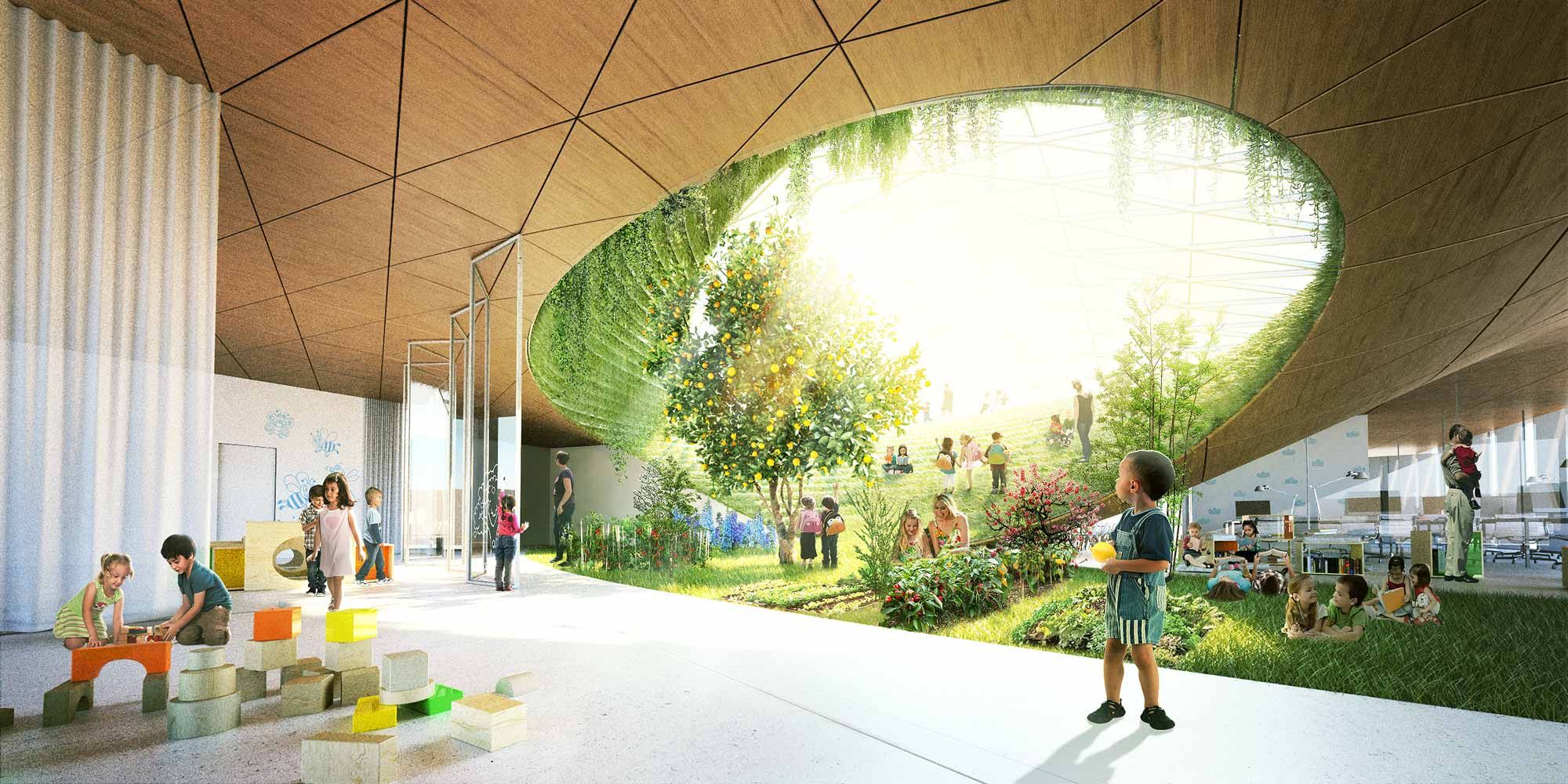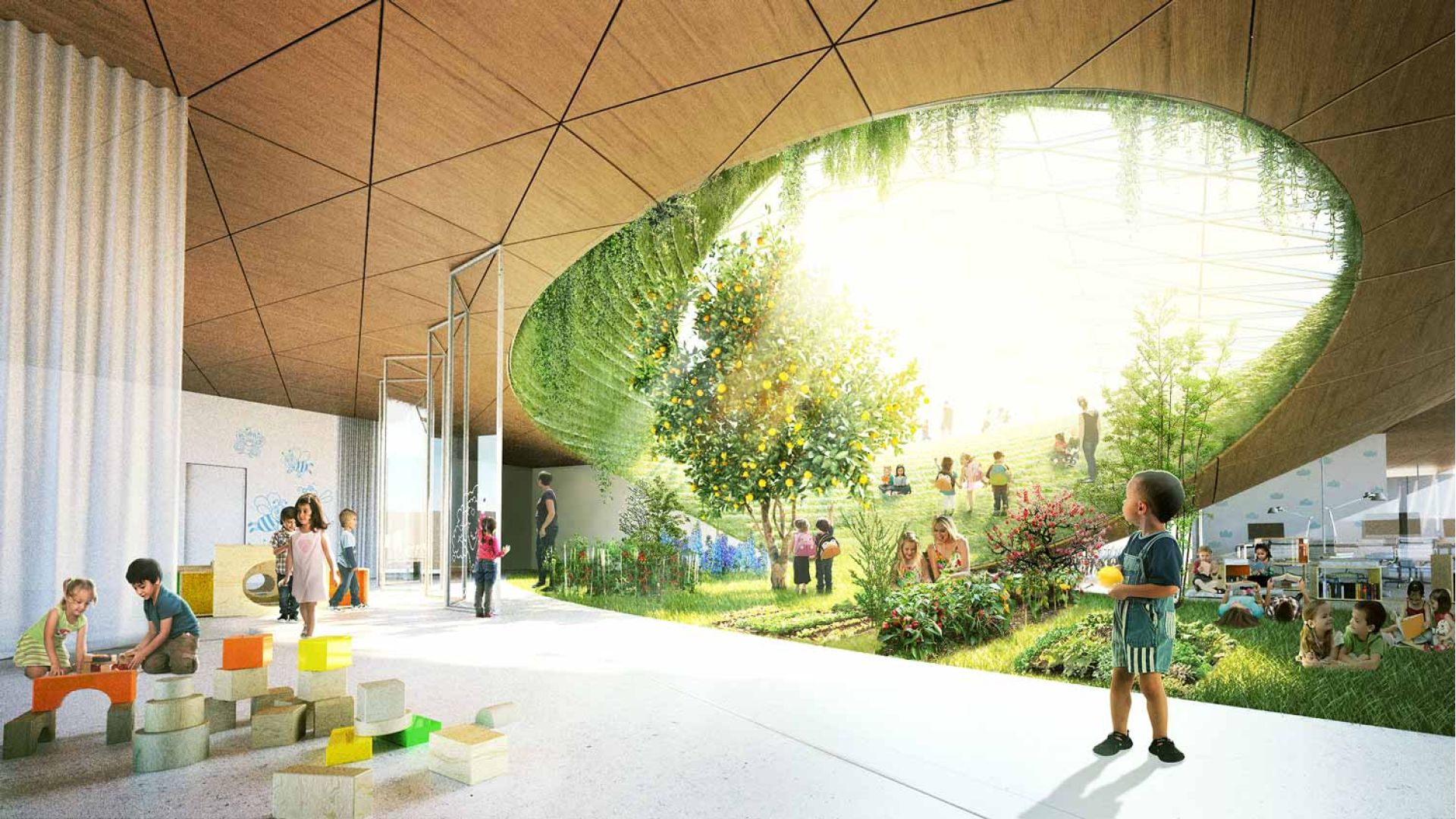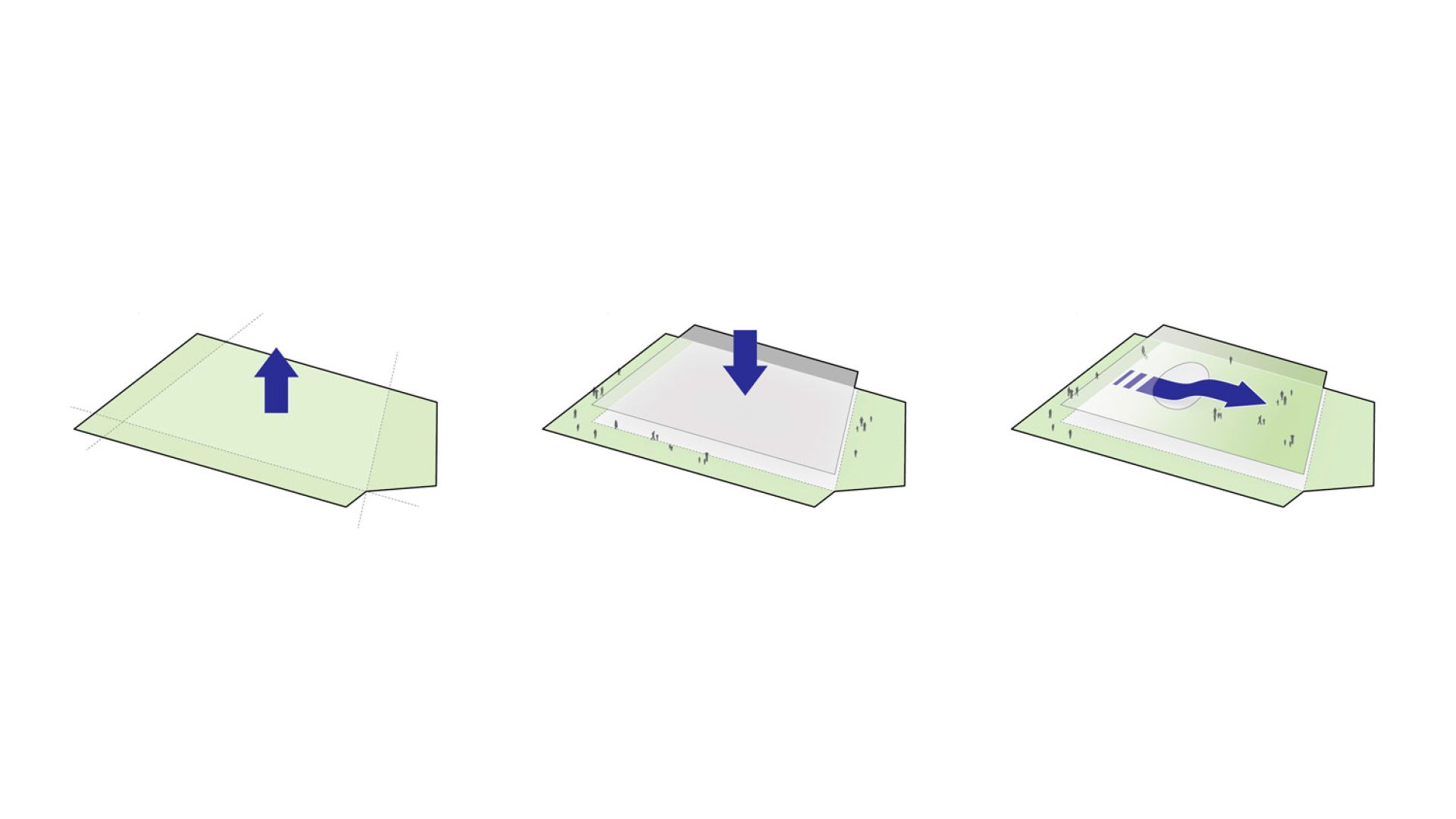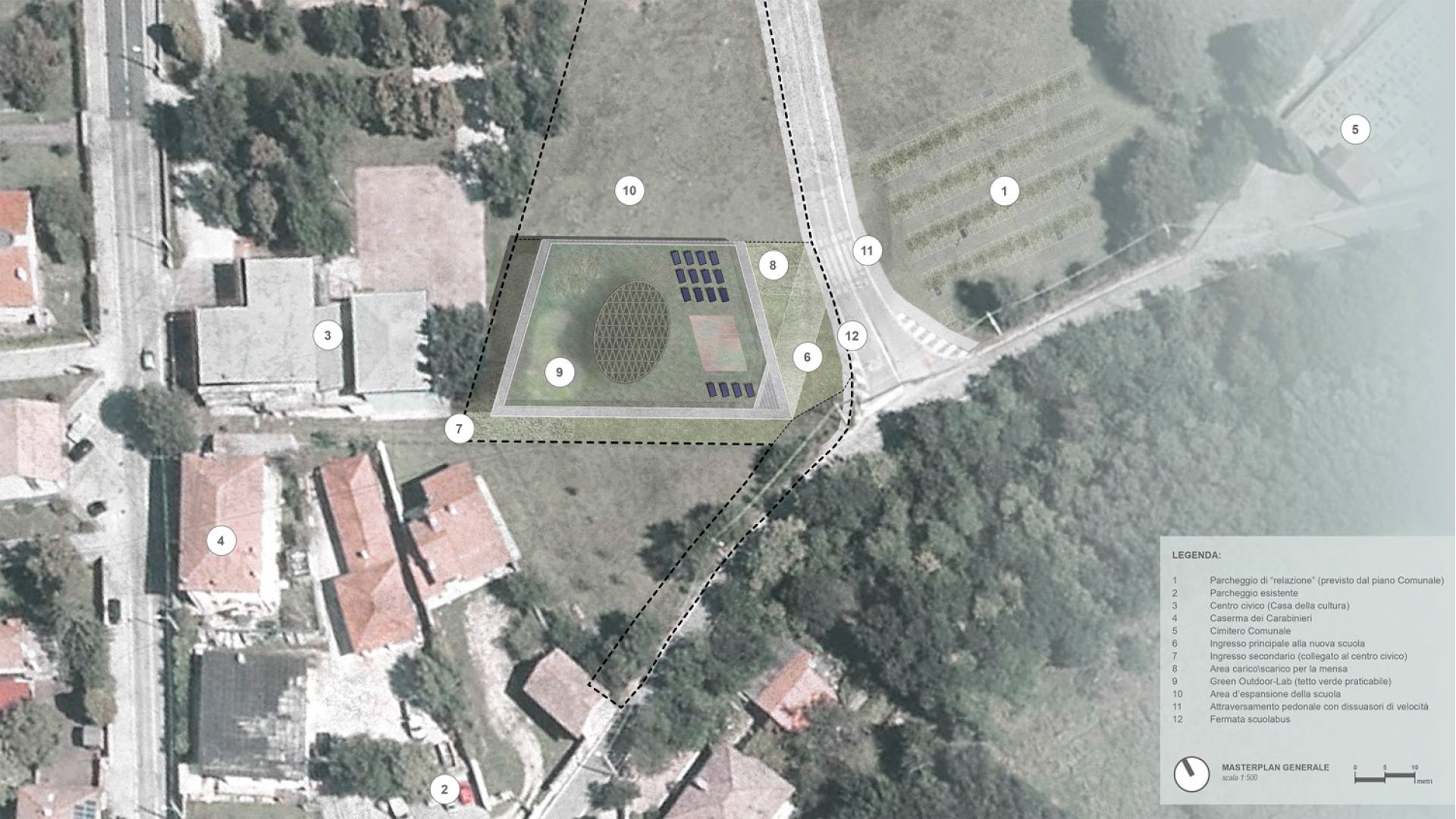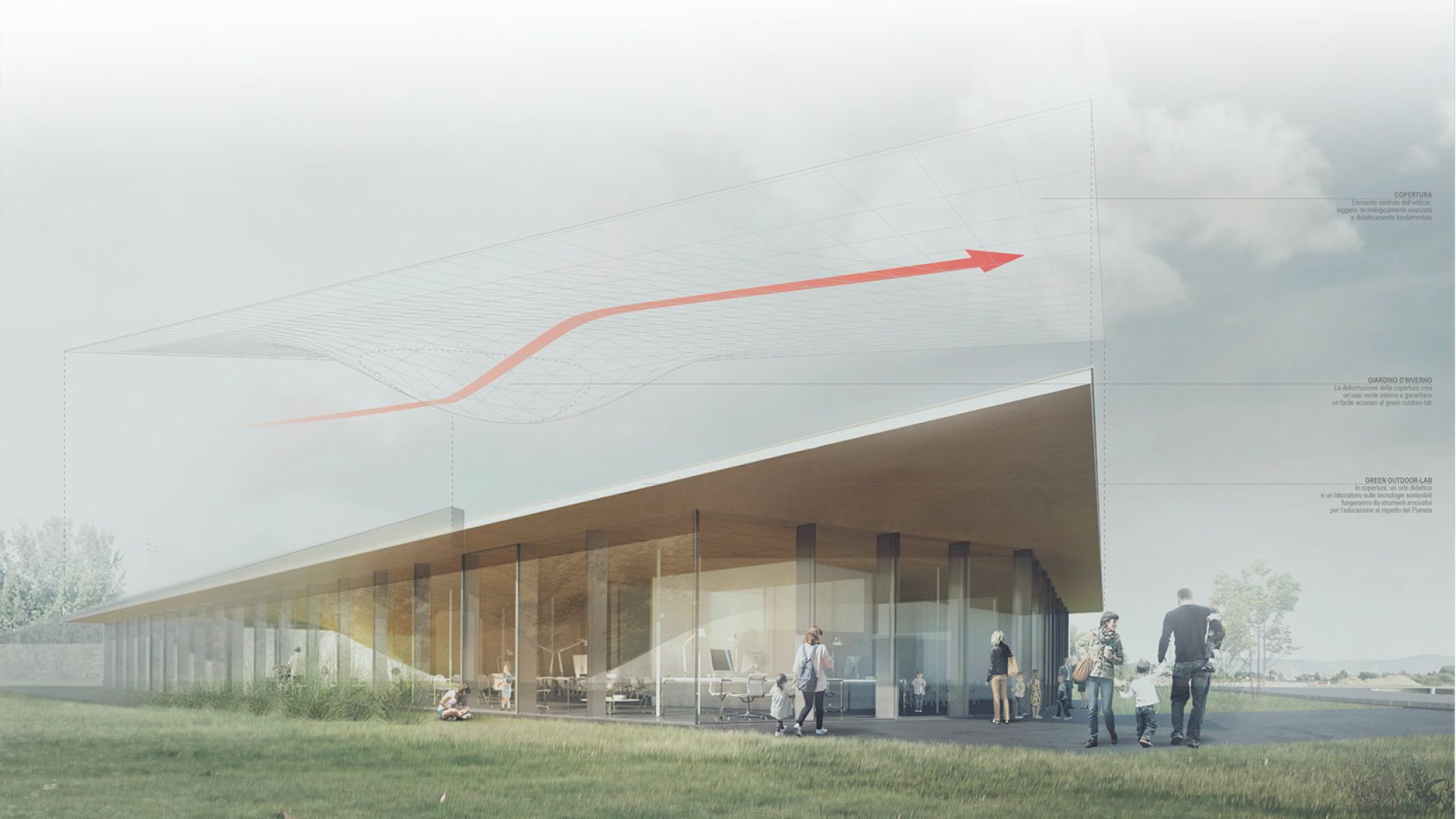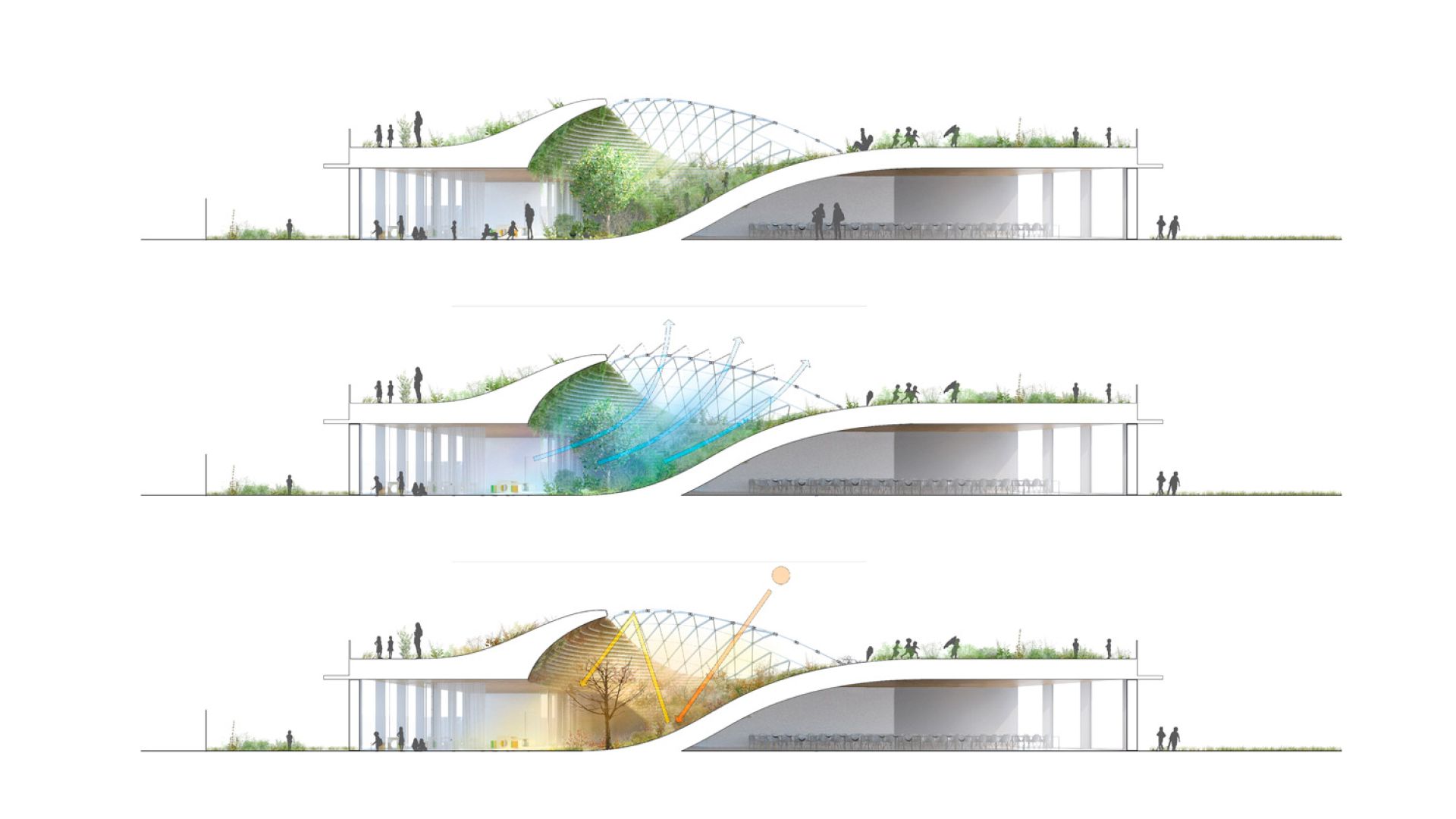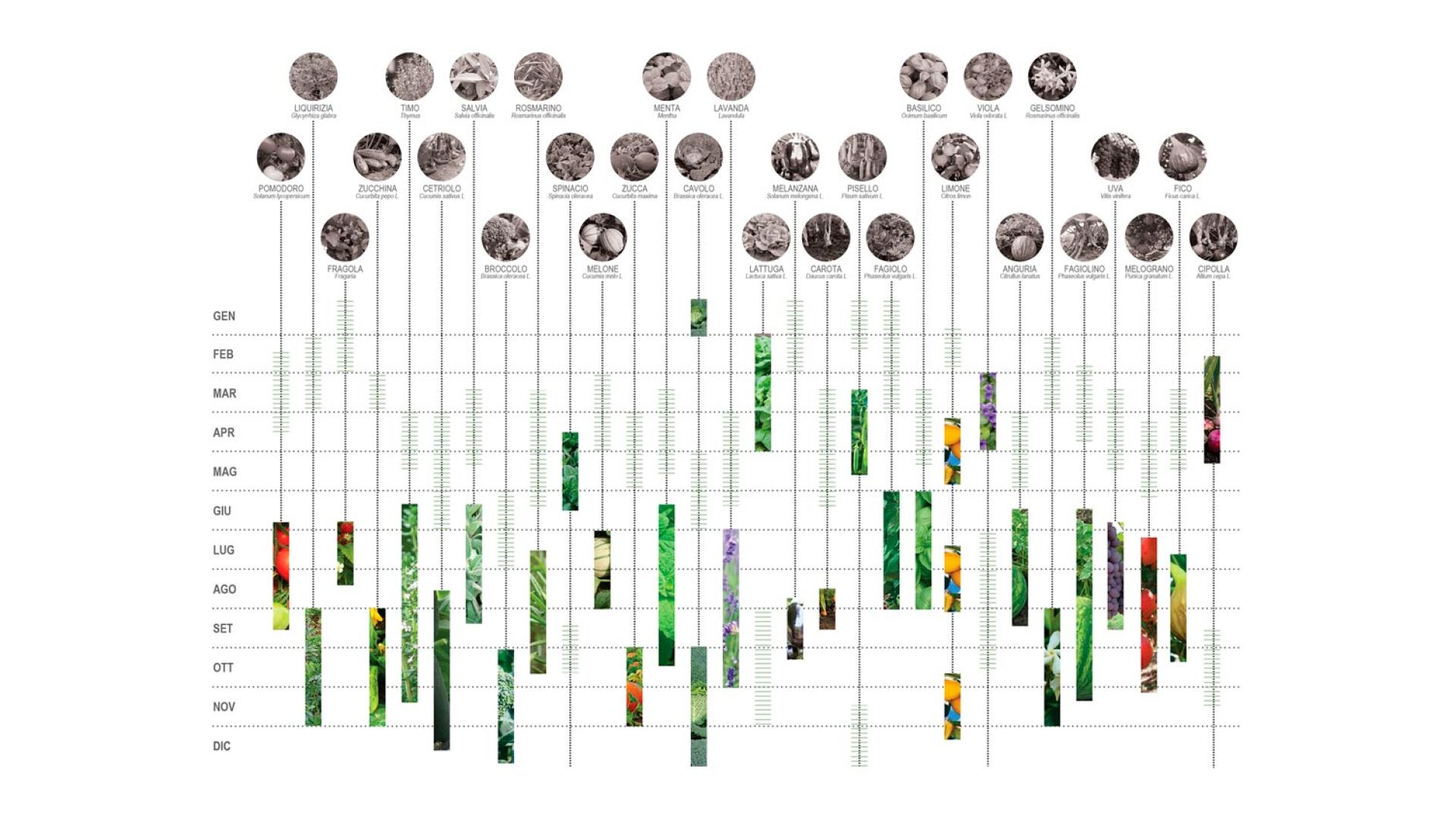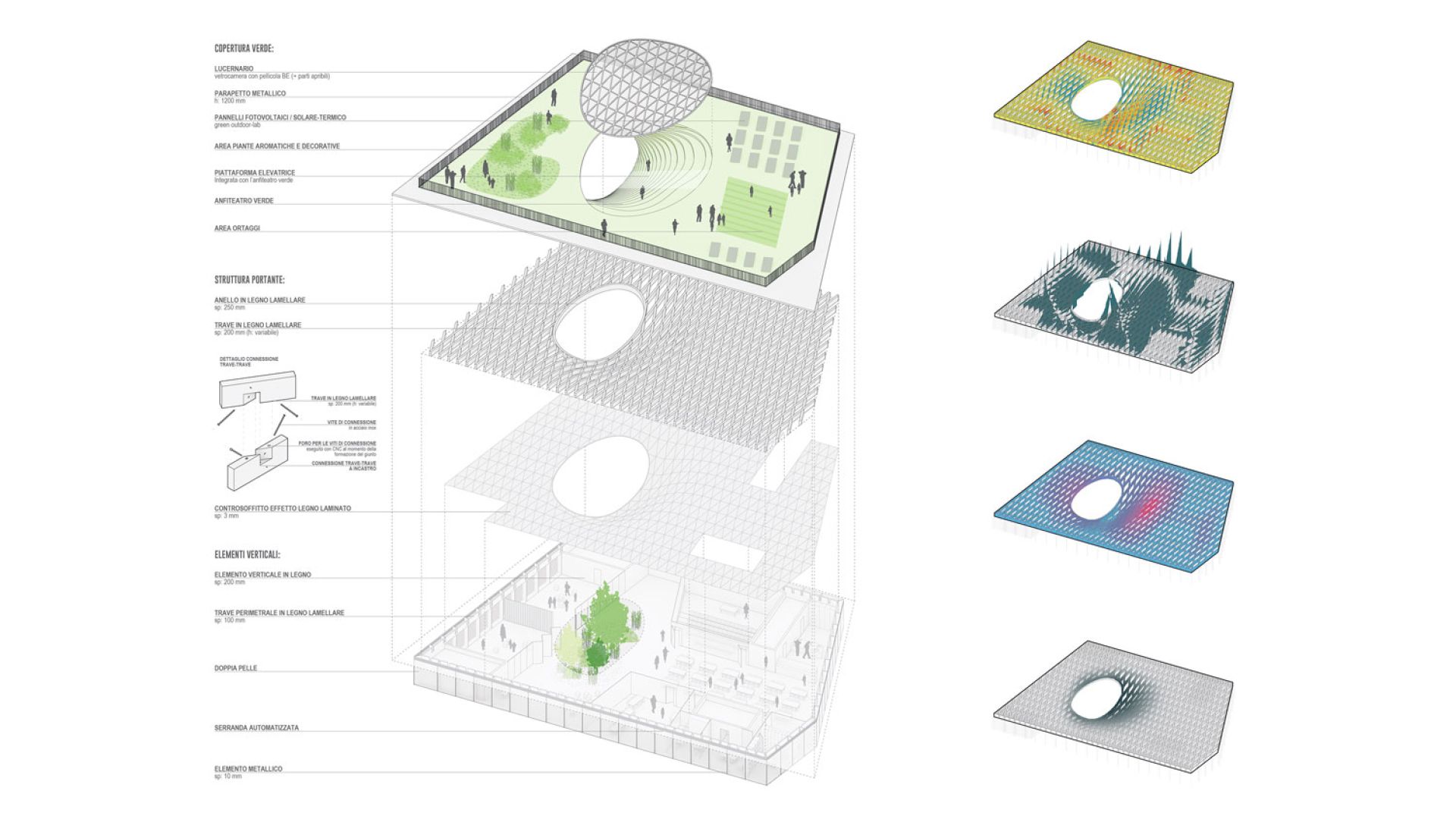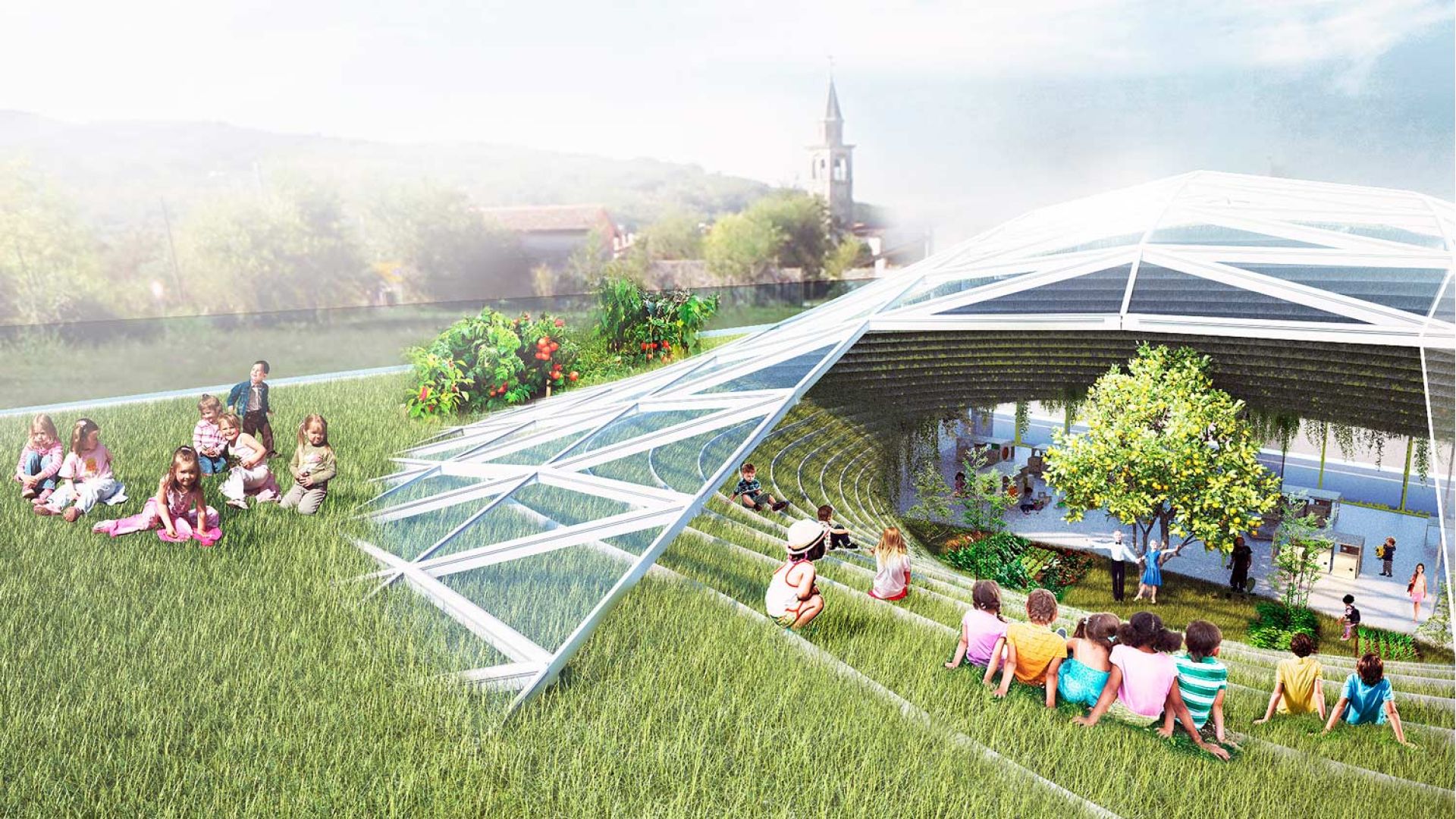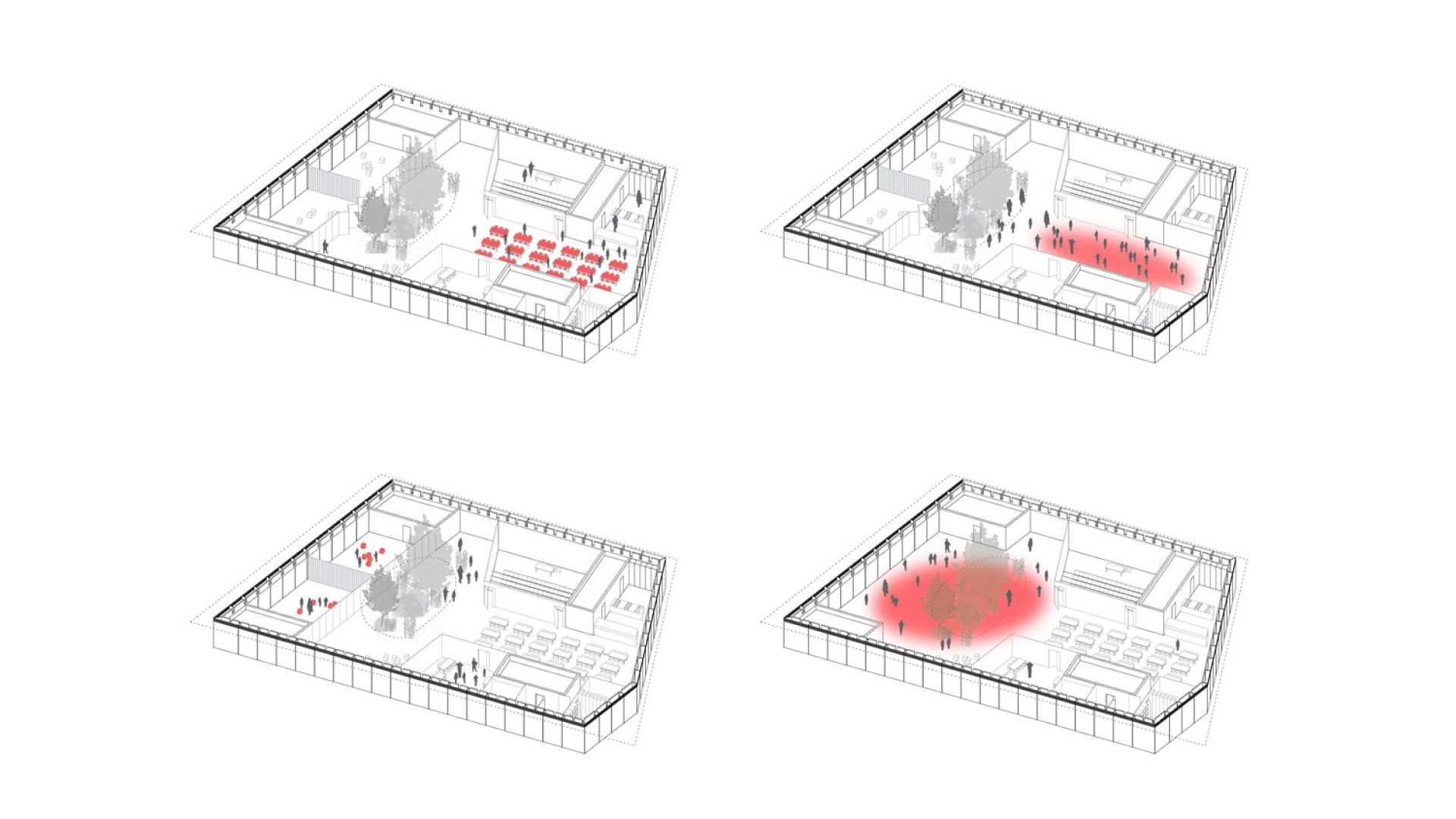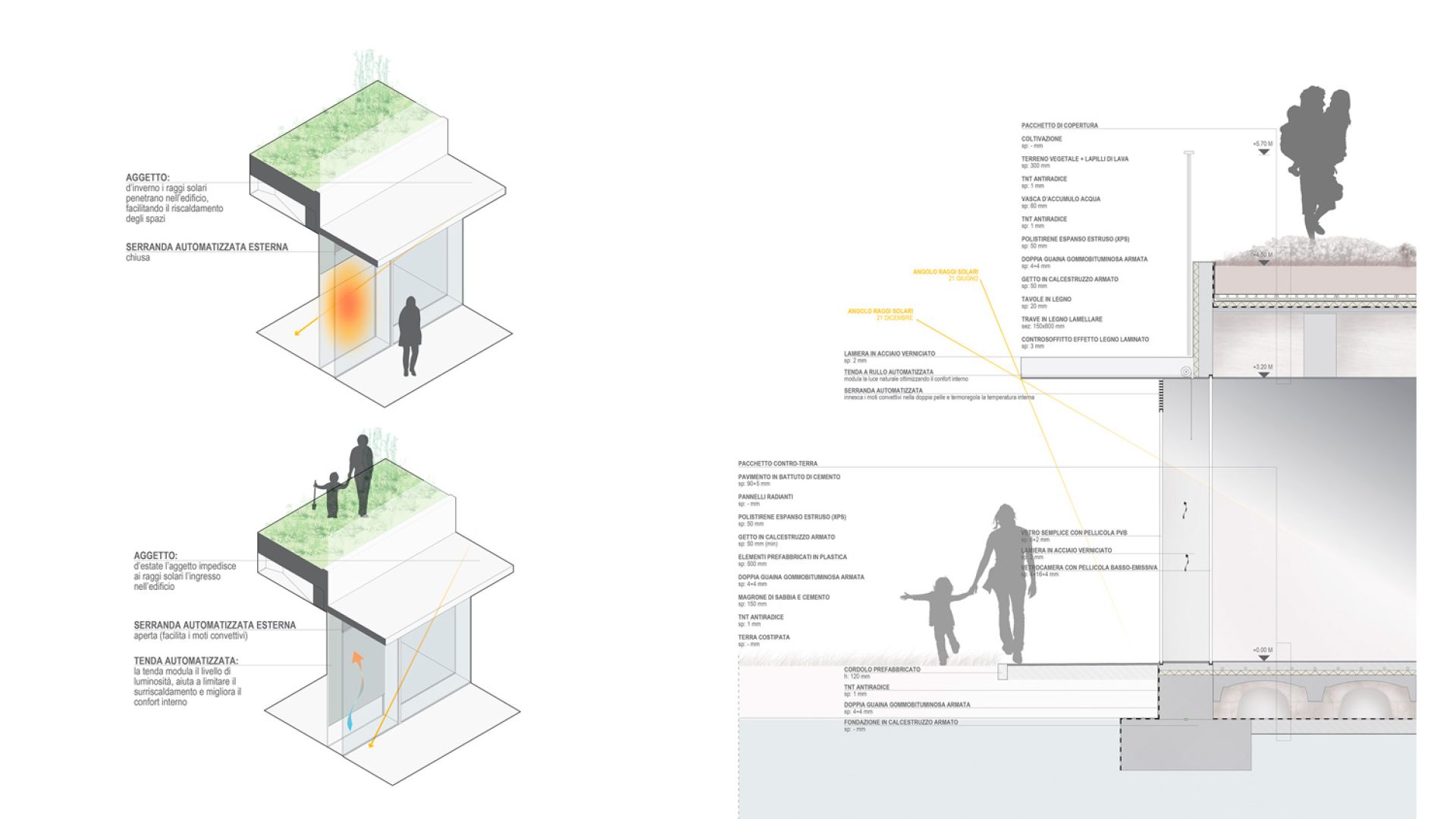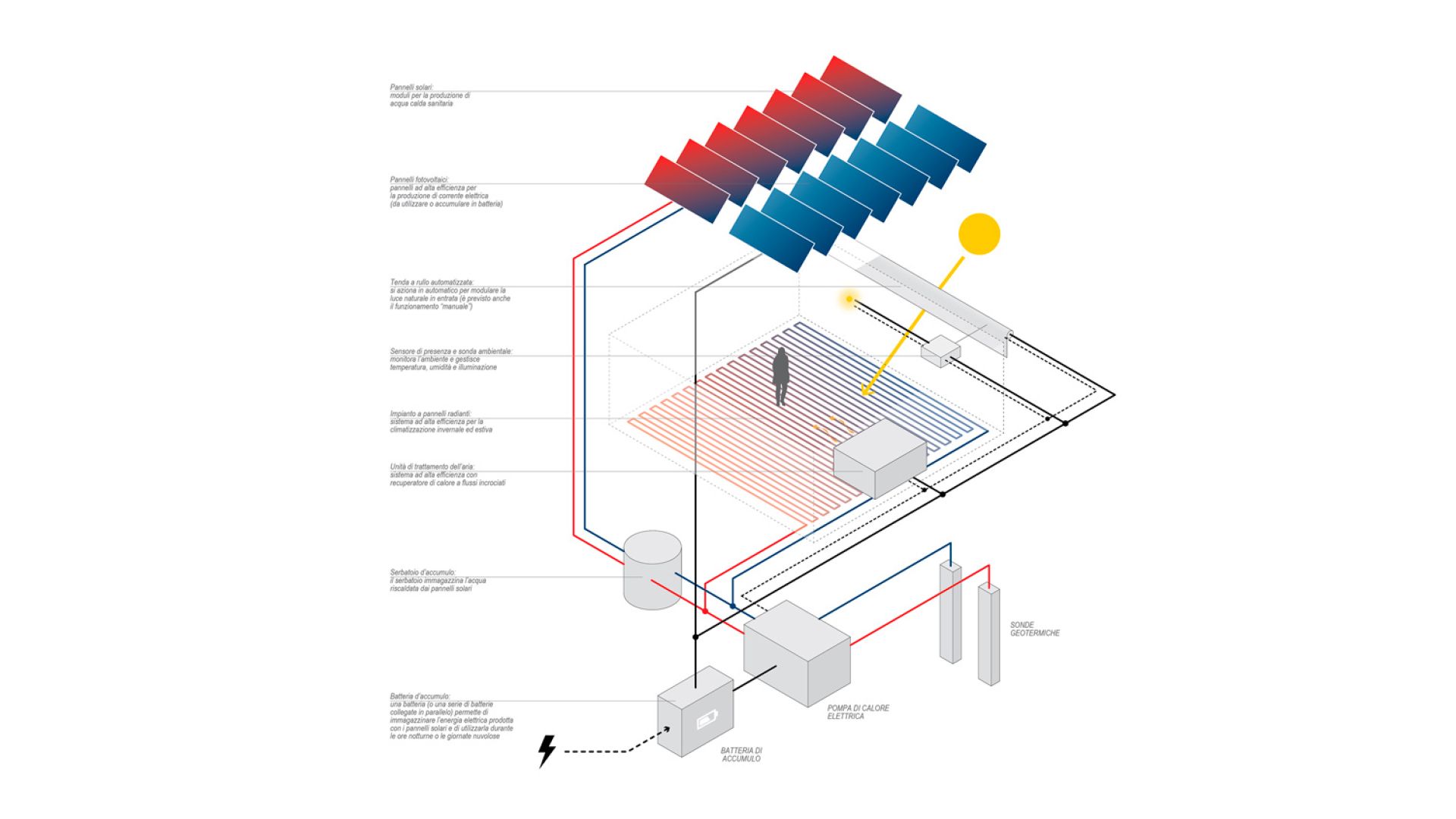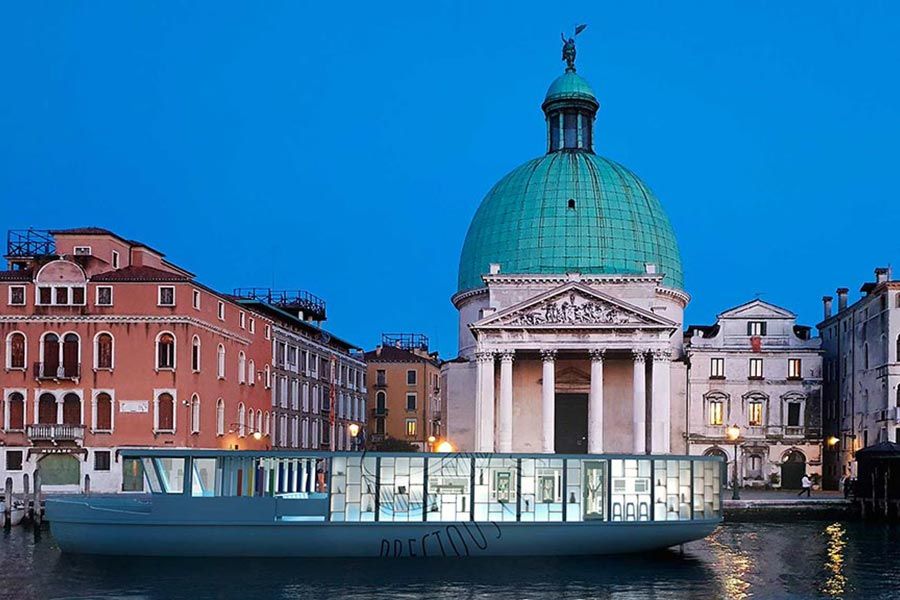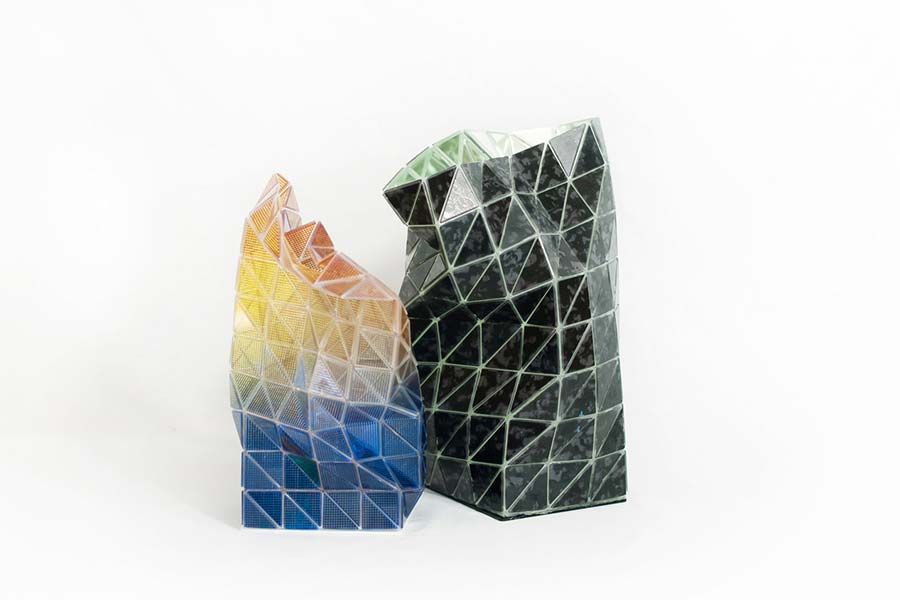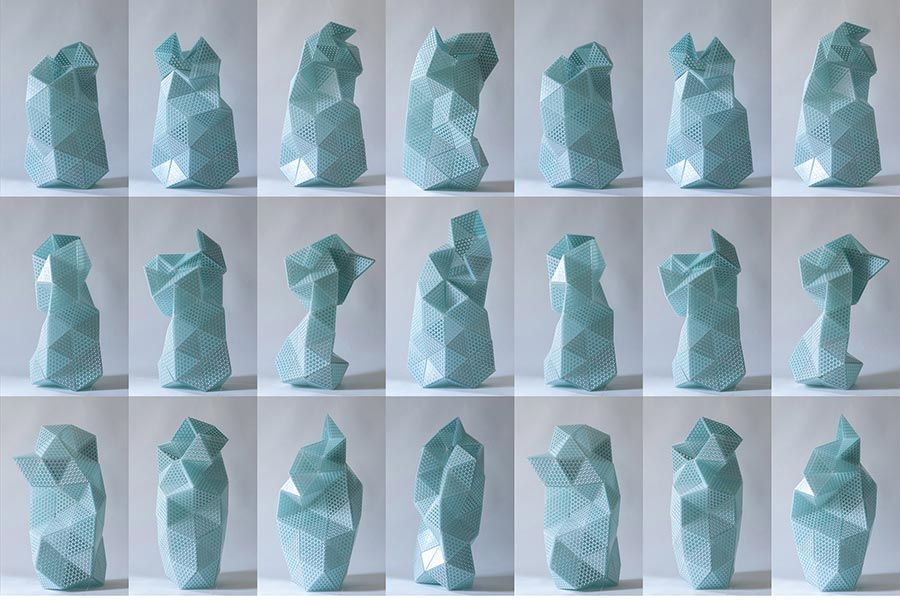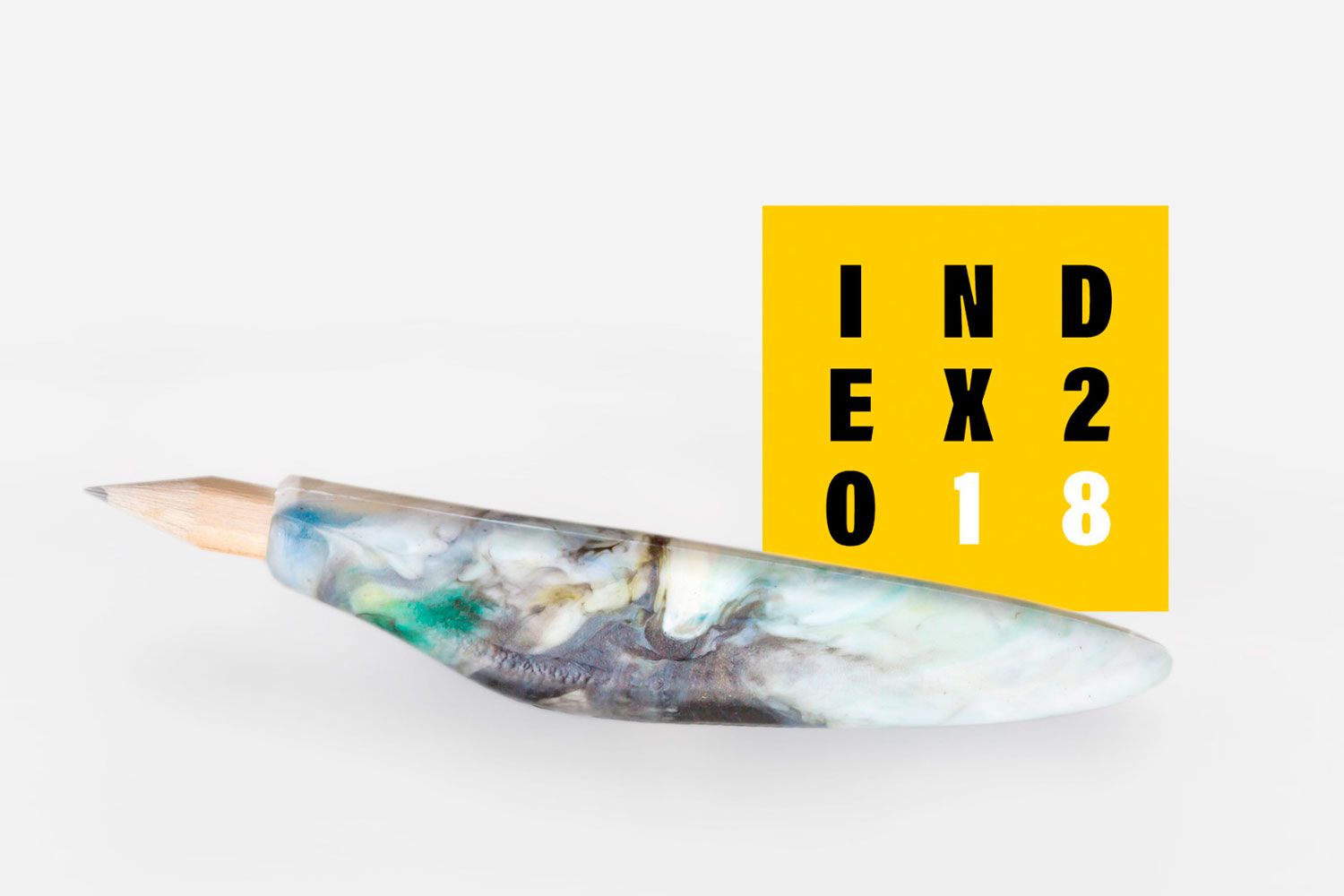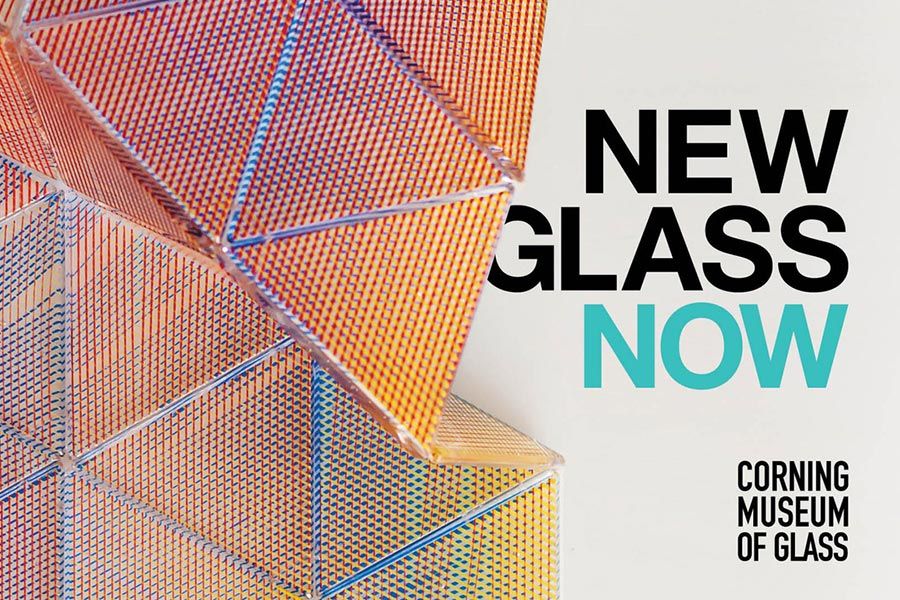#SCUOLEINNOVATIVE – PRESCHOOL
-
Typology
Building
-
Location
Savogna D’Isonzo (ITA)
-
Status
Unbuilt, 2016
-
Team
Matteo Silverio, Ji Won Jun, Josep Alcover
Humans are biologically attracted by nature. In 1984 Edward O. Wilson introduced the “biophilia hypothesis”, the idea that there is a natural, instinctive bond between human beings and the natural world. Many researches all around the world have proved this theory, also highlighting how this “innate tendency to seek connections with nature” has a positive psychophysical impact to people. For example, in 2004 a research carried-out by a team from the University of Illinois has demonstrated how outdoor activities can reduce AD/HD symptoms (Attention Deficit-Hyperactivity Disorder) on afflicted children.
Nature as teaching medium. Humans benefit from nature; being surrounded by it gets well-being , helps to get concentrated and positively affects learning abilities.
Taking advantage of these reasoning, the project features a didactic space in which nature is the main teaching medium and where all the spaces are surrounded by a porous natural environment. The main atrium is the core of the project. Indeed, this big winter-garten connects all the school spaces and provides a natural environment - for both ludic and didactic purpose - all year around.
Another green area is the roof-top where take place an urban farm as well as a sustainability lab. This lab uses the school plants (such as the PSs and the heat pumps) for small experiments, to show how renewable energies can be used for an eco-friendlier lifestyle. Instead, thanks to the urban farm students will learn the importance of vegetables for a healthy life, and how to manage and grow crops according to the seasons.
Moreover, the urban farm could become the link between the school and the local community: indeed, local organizations, students’ families or just volunteers could collaborate to manage the farm, enhancing integration and sense of community.
